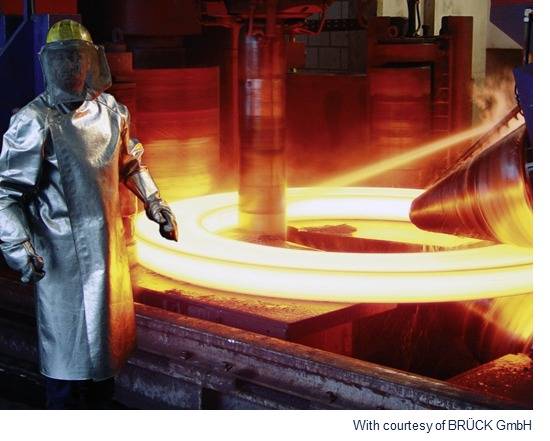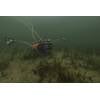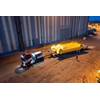Steel forgings are important building blocks for subsea components and are often tailored to meet end-users’ specific requirements. This results in long delivery times and repeated follow-ups throughout the supply chain. With DNV GL’s new Recommended Practice (RP) ’Steel forgings for subsea applications’ these requirements are now harmonized. The implementation of the RP will enable reduced lead times, enhanced stock keeping, interchangeability of forgings and help to improve and maintain consistent quality.
“Unifying requirements for forgings into an acceptable common specification is an important step in the work we are doing together with the industry to increase subsea standardization,” said Bjørn Søgård, Segment Director Subsea with DNV GL.
The standardization of steel forgings was targeted as a high priority initiative in a report issued by the Norwegian Oil and Gas Association in 2014 and also highlighted by the Society of Petroleum Engineers. The RP (DNVGL-RP-0034) has been developed through a joint industry project (JIP) involving 21 companies, representing steel manufacturers, subsea contractors and oil & gas companies. It contains requirements for qualification, manufacturing and testing, and complements existing industry codes for subsea equipment.
“We are pleased that this initiative, which has involved all players in the value chain from Forgemasters, Subsea Suppliers to End Users, has produced a document that captures best practice and now enables the manufacture of forgings in a predictable and consistent way,” says David Llewelyn, Norwegian Oil and Gas Association.
To help support the efficient implementation of DNVGL-RP-0034 and to further strengthen the standardization work and quality processes established in phase one, a second phase of the JIP is now being planned and is still open for industry participants to join.
The following companies has been part of developing the RP in phase one of the JIP: Aker Solutions, Brück, Celsa, Chevron, Det Norske, Dril-Quip, Ellwood Group, Eni, ExxonMobil, FMC, Frisa, GE, Japan Steel Works, Lundin, OneSubsea, Petrobras, Ringmill, Scana Subsea, Shell, Statoil and Total.






















 February 2024
February 2024



